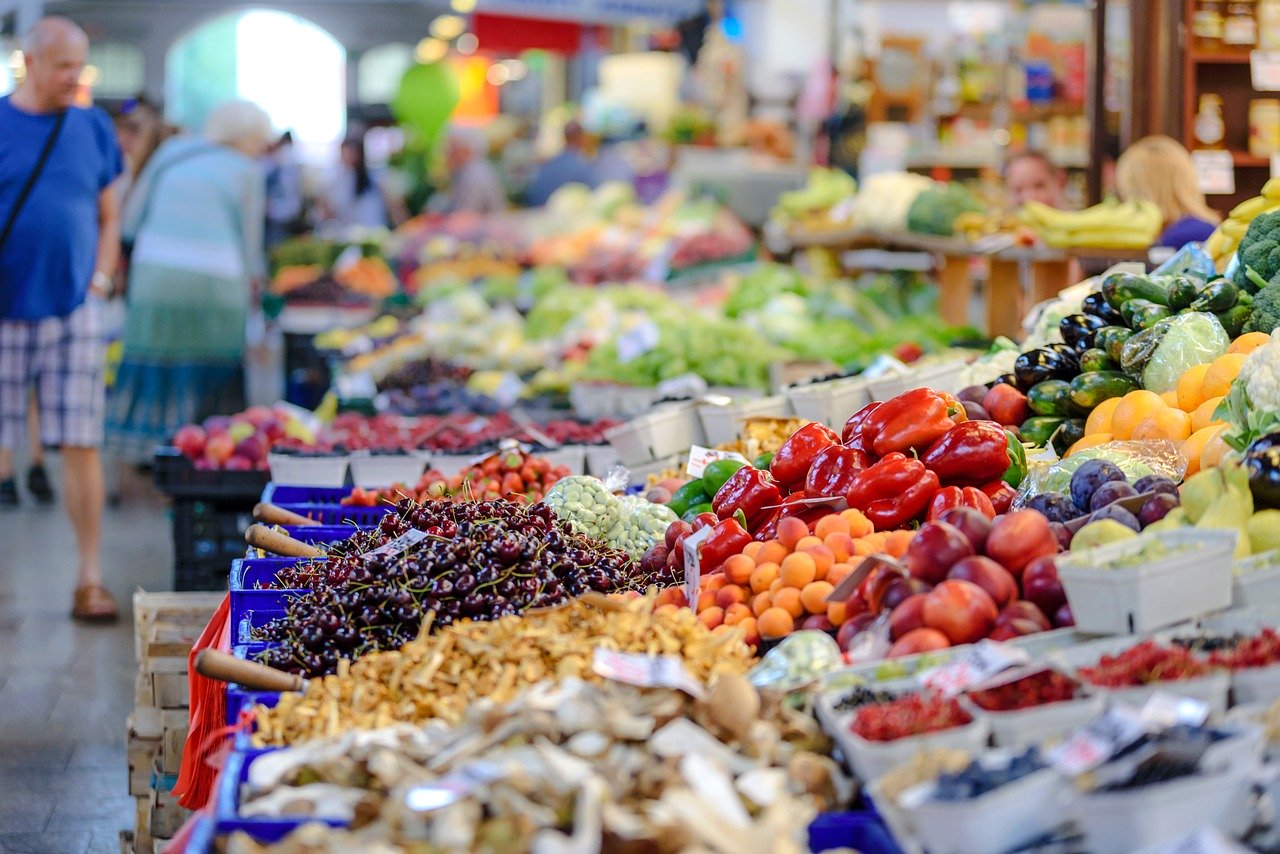
According to new research, including plenty of fruit in your diet could reduce your risk of ischemic stroke. Photo Mix/Pixabay
AFP Relax News | February 24, 2020
New large-scale European research has found that different foods are linked to a higher or lower risk of different types of stroke.
Led by researchers at the University of Oxford, UK, along with researchers from across Europe, the new study looked at data gathered from 418,329 men and women from nine European countries, including Denmark, Germany, Greece, Italy, The Netherlands, Norway, Spain, Sweden and the United Kingdom, making it the largest study so far to investigate the links between different foods and the risk of ischemic stroke and hemorrhagic stroke separately.
An ischemic stroke is caused when a blood clot blocks an artery supplying blood to the brain, or when the clot is formed elsewhere in the body and then travels to the brain and blocks the blood flow. Hemorrhagic stroke happens when there is bleeding in the brain that damages nearby cells. Most previous studies have looked at the link between and the risk of both strokes combined, or on ischemic stroke only, which is the more common of the two.
For the new study, the participants were asked to answer questions about their diet, lifestyle, medical history and various socio-demographic factors, before being followed for an average of 12.7 years. When analyzing the participants’ diets, the researchers looked at a variety of food groups including meat and meat products (red meat, processed meat and poultry), fish and fish products (white fish and fatty fish), dairy products (milk, yogurt, cheese), eggs, cereals and cereal products, fruit and vegetables (both combined and separately), legumes, nuts and seeds, and dietary fiber (total fiber and cereal, fruit and vegetable fiber).
The findings, published in the European Heart Journal on Monday, showed that higher intakes of fruit, vegetables, fiber, milk, cheese or yoghurt were each linked to a lower risk of ischaemic stroke.
More specifically, the total amount of fiber consumed, which includes fiber from fruit, vegetables, cereal, legumes, nuts and seeds, was associated with the greatest potential reduction in the risk of ischaemic stroke, with every extra 10g of fiber eaten each day associated with a 23 percent lower risk of ischaemic stroke. For every 200g of fruit and vegetables eaten each day there was a 13 percent lower risk.
However, the researchers found no significant association between these foods and a lower risk of hemorrhagic stroke.
They did find though, that for every extra 20g of eggs consumed a day (an average large-sized egg weighs approximately 60g) there was a 25 percent higher risk of hemorrhagic stroke.
The researchers say that different foods may affect the risk of ischemic and hemorrhagic stroke differently partly due to their effects on blood pressure and cholesterol.
The first author of the paper, Dr. Tammy Tong, also commented on the findings saying, “The most important finding is that higher consumption of both dietary fiber and fruit and vegetables was strongly associated with lower risks of ischemic stroke, which supports current European guidelines. The general public should be recommended to increase their fiber and fruit and vegetable consumption, if they are not already meeting these guidelines.”
